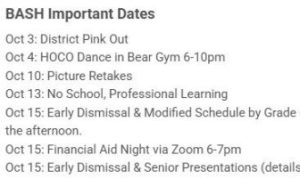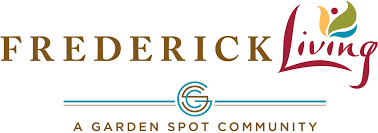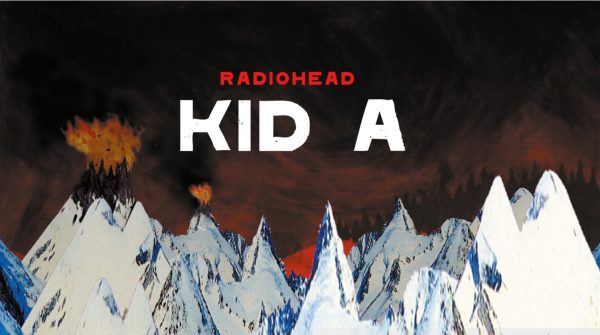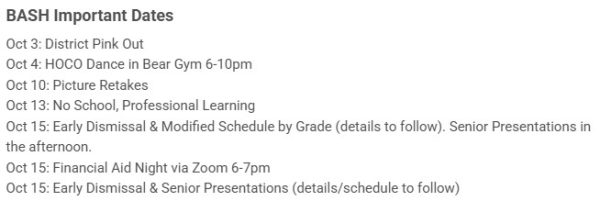Say “Hola!” to Best Language Apps
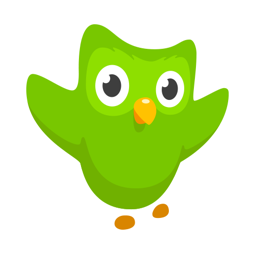
Going to another country can be terrifying, especially when you can barely speak the language. As someone who is taking German II and is going to Germany in less than a month, I am trying to learn everything I can. Luckily, plenty of apps teach languages for free. I tried out three apps — Duolingo, Busuu, and Memrise — to find the perfect app.
Duolingo, released in November 2011, has become one of the most popular and highly recommended language learning apps. I use it daily. Duolingo is best for those who are just starting in the language or want to learn some extra vocabulary; however, it does not explain grammar or conjugation.
COST: Free
HOW IT WORKS:
-Duolingo divides the language you’re learning into topics. For example, one topic is animals and you have to do four lessons on animals before you mastered the topic.
-A new feature, introduced in the beginning of April, is the crown feature, where once you master a topic for the first time, you gain one crown in that topic. If you continue learning more advanced words and concepts in that category, you gain more crowns. I like this feature, because it allows me to learn more about a topic that interests me.
-The lessons use matching, speaking, listening, and writing as ways to teach new words. When you first begin a topic, you learn the words through matching. For example, if I’m learning about animals and it shows ‘the horse’, there would be four pictures of different animals with the name of them in German. I would have to chose ‘der Pferd’, because that it the one with the picture of a horse. I would then be given sentences that you would have to translate into German or English that use the names of animals.
-A favorite feature of mine are the bots. This allows you to simulate a conversation with, for example, a chef, and you have to tell them what you want to eat in the language you are learning. I like this because it allows for more creativity and thought than the lessons, and allows you to use what you learned in a conversation.
One of the downside of Duolingo is the lack of grammar lessons, which is why it’s best for beginners.
Busuu was released in May 2008 and provides four levels (Beginner A1, Elementary A2, Intermediate B1, Upper Intermediate B2), so users know how fluent they are in a language. One of the things I like about this app is that it tells you how long each lesson will take. If you only have time for a five minute lesson, you can easily find one that is only five minutes.
COST: Most lessons are free, but you have to buy premium in order to take the end of lessons quizzes and to completely unlock all lessons, to talk with native speakers in the language you are learning, and to complete lessons offline. Busuu offers four different plans. The one month plan for premium is $11.99 a month.
HOW IT WORKS:
-New vocab words are learned through flashcards and are taught similar to Duolingo through matching, writing, speaking, and listening.
-Busuu also has grammar lessons, which are important for those who want to learn more and become fluent, rather than simply learn a few vocab words.
Memrise was released in Sept 2010. It has similar lessons to Duolingo and Busuu, but has many unique features.
COST:The monthly plan normally is $9, but there is currently a sale going on where you can get a monthly subscription for $2.50 a month.
HOW IT WORKS:
-One unique feature is the speed review, which allowed users to quickly review words if you don’t have time for a full lesson. There is also an audio review, which is similar to the speed review, but users listen to the words in order to review them.
-Another unique feature is that the lessons include videos from native speakers as a way to learn new vocab words. This is helpful if you want to know how to properly pronounce words, or to get used to how natives sound if you would be speaking with them.

Madison Dennehey is a sophomore in journalism class. This is her first year working for The Cub, but she worked on the East Observer for two years. Although...



